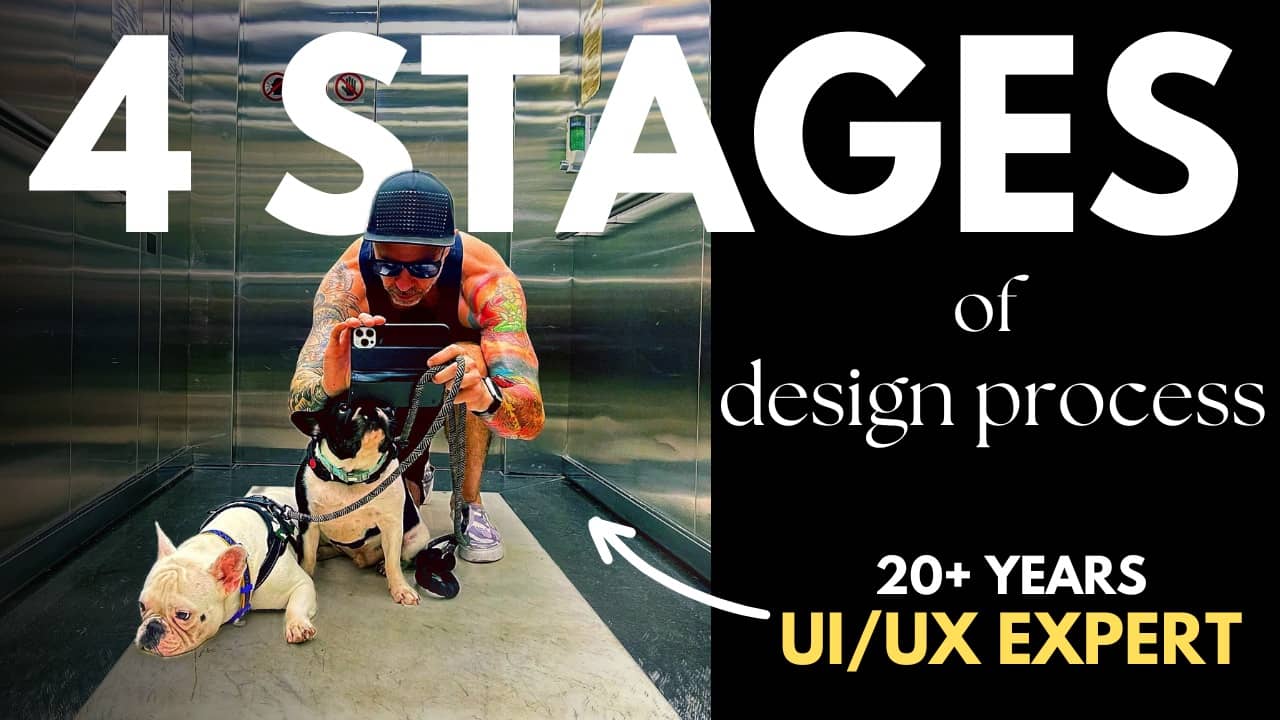The Four Pillars of UX - Insights from Design Veteran Jon Myers

In today’s digital landscape, creating exceptional user experiences is paramount for any successful product or service. Recently, I had a interview with my friend Jon Myers, a seasoned UX designer with over two decades of experience across various industries, including finance, crypto, and biotech. Throughout his career, Jon has developed a mental model for the design process that consistently yields outstanding results. This model, which he calls the Four Pillars of UX, provides a structured approach to tackling complex design challenges and delivering value to both users and businesses. This blog post summarizes the key takeaways from our discussion, offering valuable insights for both novice and experienced designers alike. For those interested in diving deeper, the full interview is available [here].
1. Empathy: Understanding Your Users
The foundation of any great design begins with a deep understanding of your users. This stage involves:
- Creating detailed user personas
- Gathering psychographic and demographic information
- Conducting competitive analysis
Tip: Don’t limit your research to direct competitors. Look at parallel industries that might be solving similar problems more effectively.
2. Utility: Solving Real Problems
Once you have a clear picture of your users, focus on the utility of your application:
- Create flow maps and prototypes
- Gather and analyze requirements
- Involve stakeholders in the process
Remember: At this stage, resist the urge to focus on aesthetics. Concentrate solely on how the application works to serve your users’ needs.
3. Aesthetic: Crafting Visual Elements
With a solid understanding of your users and a clear functional direction, it’s time to bring your design to life:
- Develop your typography system
- Establish a grid system for layouts
- Create design components that will form the basis of your layouts
Pro tip: Start with typography and grid systems, as they form the backbone of most digital interfaces.
4. Value: Ensuring Return on Investment
The final pillar focuses on validating your design decisions and ensuring that both users and the business derive value from the application:
- Conduct user testing sessions
- Define and track relevant metrics and KPIs
- Iterate and improve based on feedback and data
Key insight: Tailor your KPIs to your specific product and user journey to get the most accurate picture of your design’s effectiveness.
Implementing the Four Pillars
As you work through these pillars, remember that they’re not strictly linear. You may find yourself revisiting earlier stages as you gain new insights or encounter challenges. The key is to maintain a focus on user needs and business objectives throughout the process.
By following this structured approach, you’ll be well-equipped to create user experiences that not only look great but also solve real problems and deliver tangible value. Whether you’re designing a crypto exchange, a fintech app, or any other digital product, the Four Pillars of UX provide a robust framework for success.
Remember, great design is about more than just aesthetics – it’s about creating meaningful connections between users and products. By embracing empathy, focusing on utility, crafting thoughtful aesthetics, and delivering real value, you’ll be well on your way to designing experiences that truly resonate with your users and drive business success.
Watch full interview video on our YouTube
Subscribe to Jon Myers’ newsletter at www.jonmyers.com
